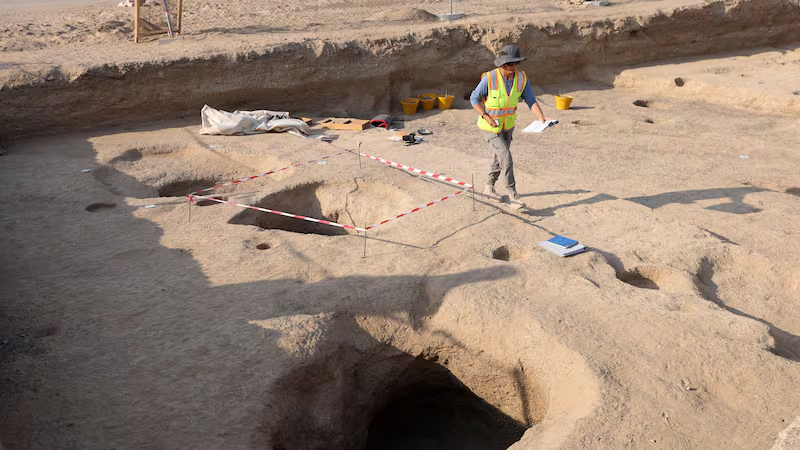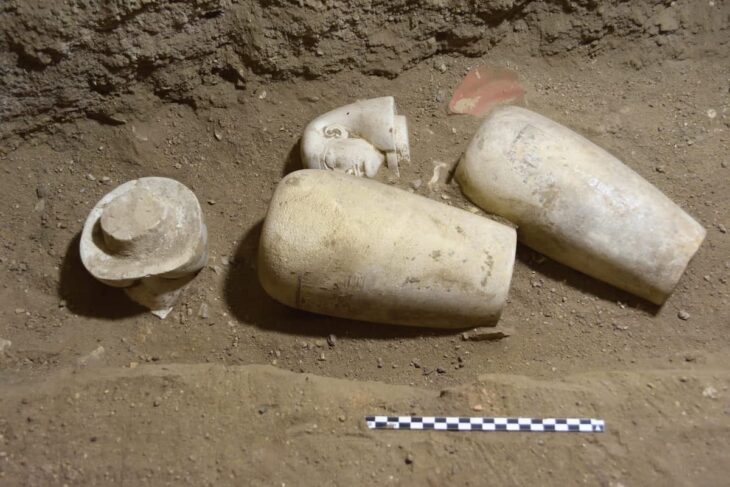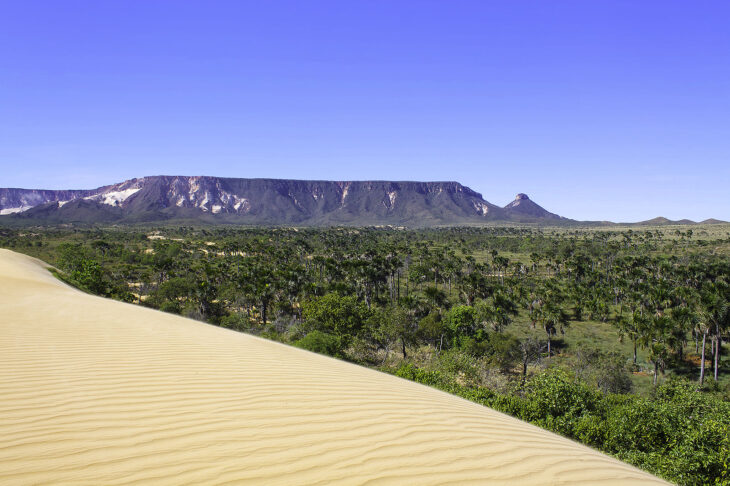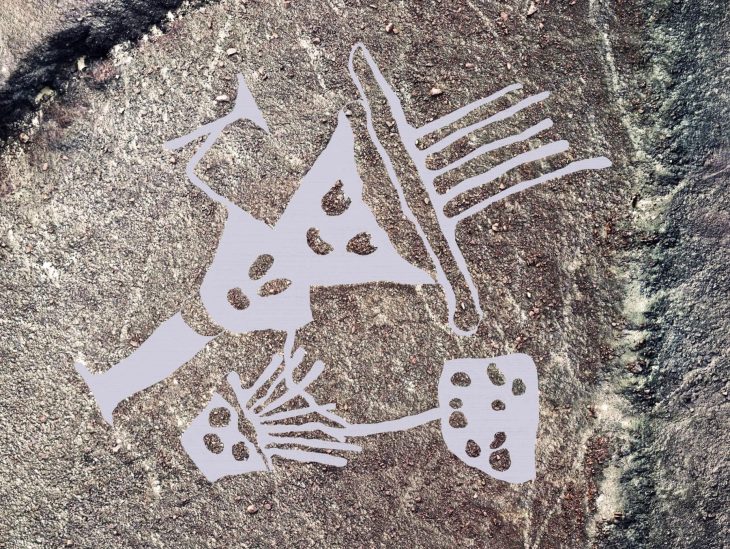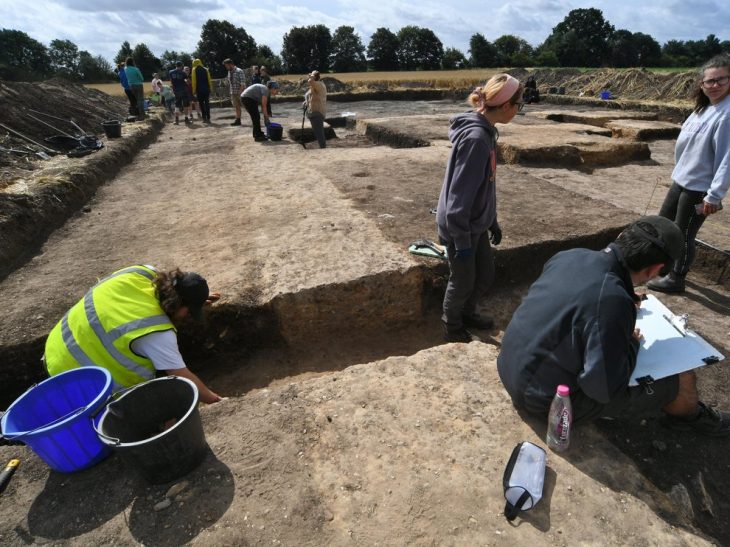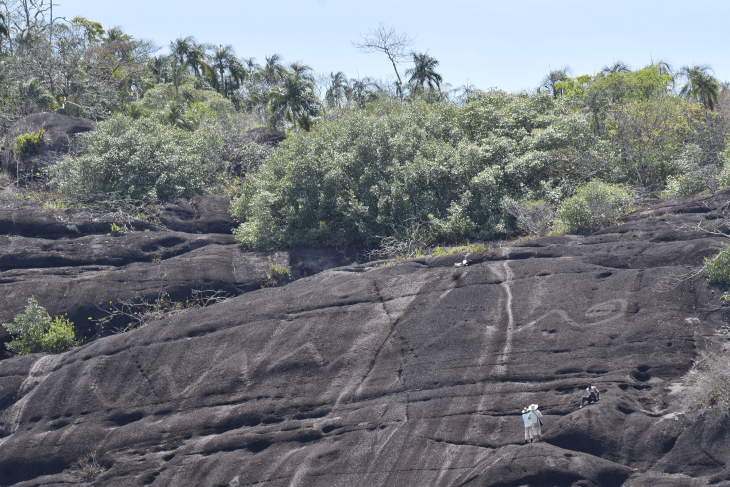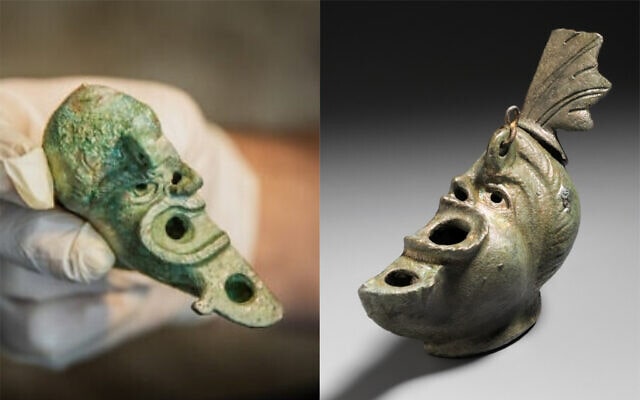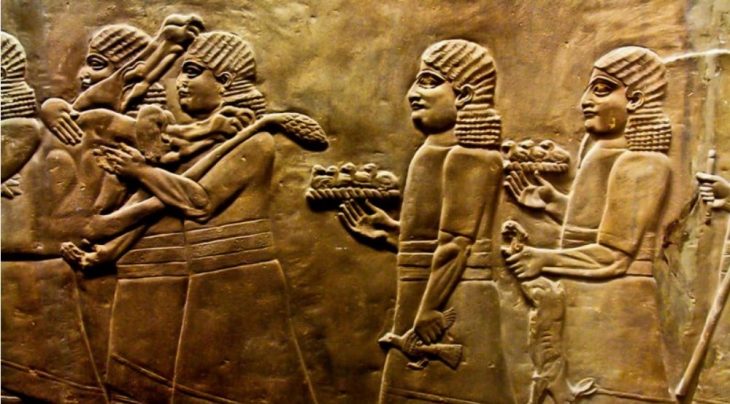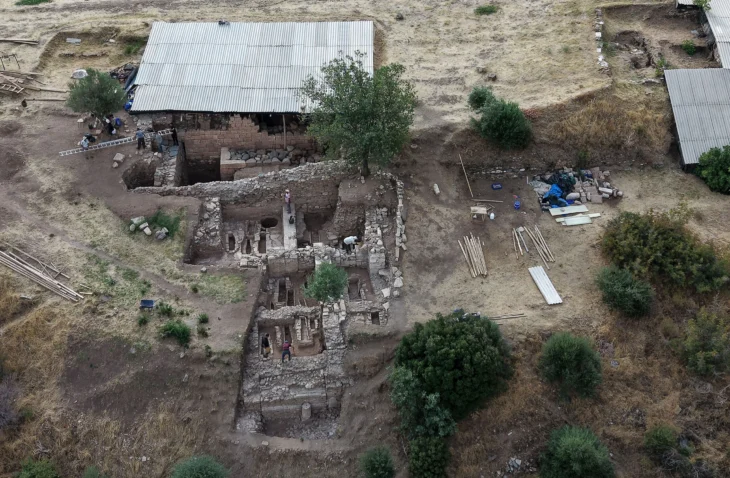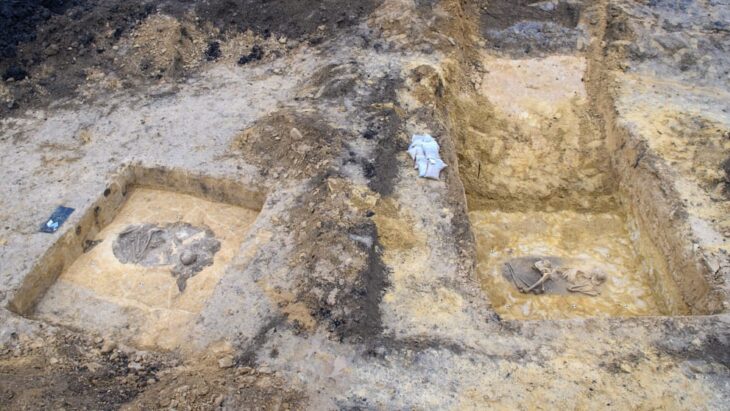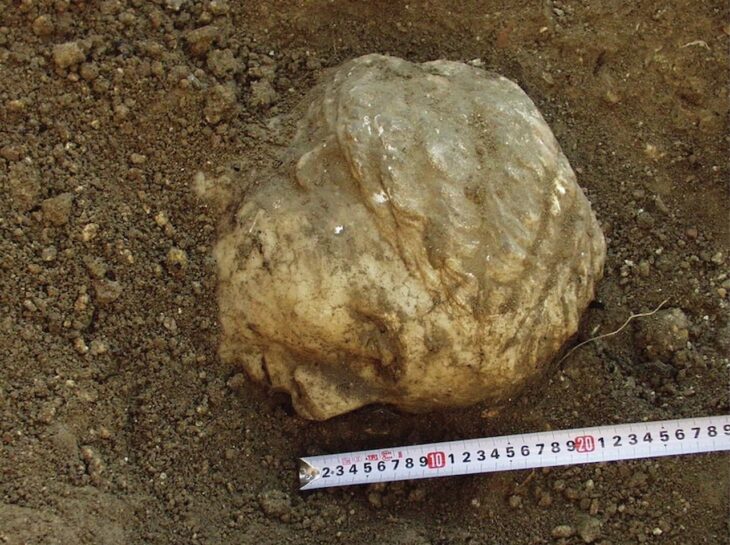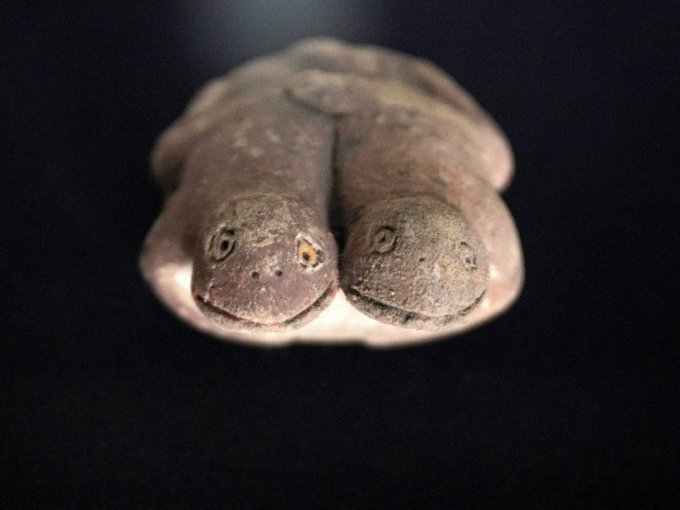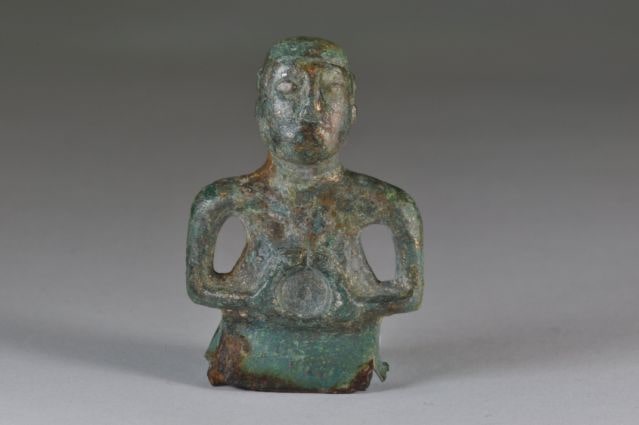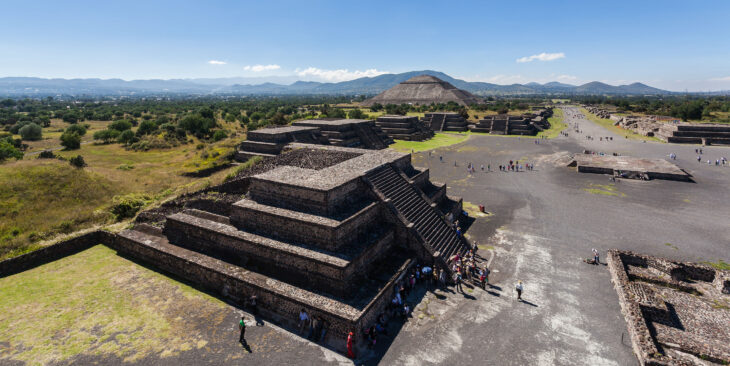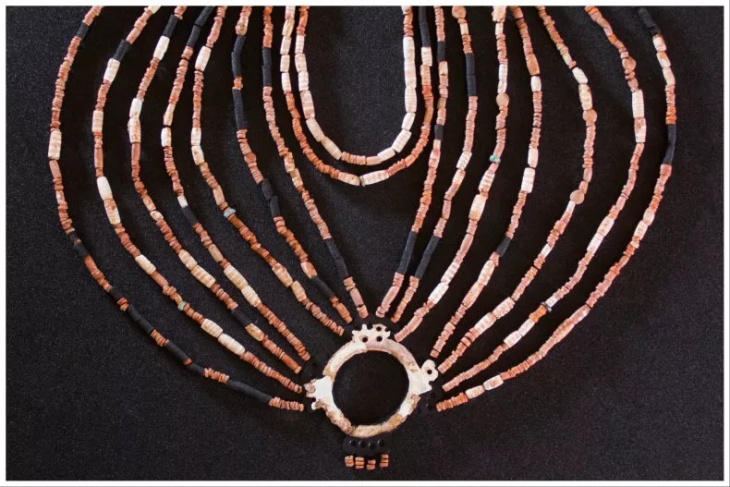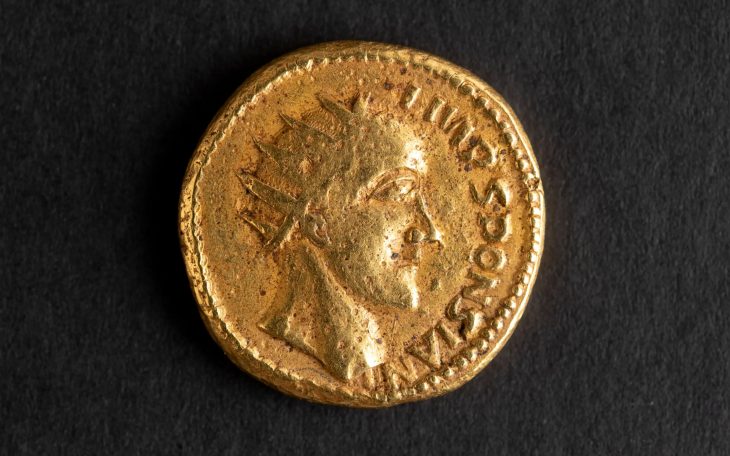A groundbreaking archaeological discovery has emerged from the Al Ain Region of the United Arab Emirates, revealing a 3,000-year-old necropolis that is believed to be the first significant Iron Age cemetery ever found in the country. The announcement was made by the Department of Culture and Tourism – Abu Dhabi (DCT Abu Dhabi) on Monday, highlighting the efforts of their Historic Environment Department’s Archaeology Section in uncovering this remarkable site.
The ancient burial ground is estimated to contain over 100 tombs, providing invaluable insights into a previously obscure chapter of the UAE’s history. Although many of the tombs were looted centuries ago, archaeologists have still managed to recover human remains and a variety of grave goods, including jewelry, pottery, weapons, and personal items. These findings offer a unique glimpse into the lives, beliefs, and craftsmanship of the people who inhabited the region thousands of years ago.
Insights into Iron Age Burial Practices
According to DCT Abu Dhabi, the tombs were constructed by first digging a shaft approximately two meters deep, followed by lateral excavation to create an oval burial chamber. Once the body and accompanying grave goods were placed inside, the entrance was sealed with mudbricks or stones, and the shaft was filled in, making the tombs difficult to detect from the surface. This lack of visible grave markers explains why these Iron Age tombs had remained undiscovered until now.
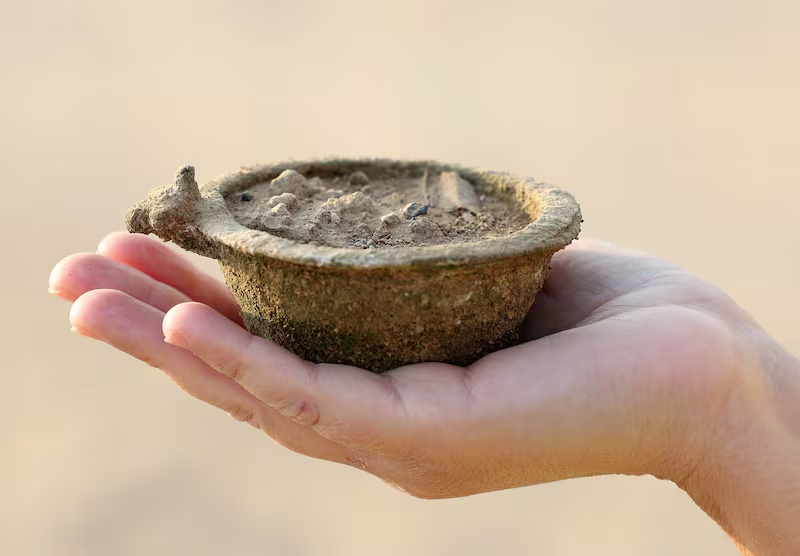
To ensure the respectful treatment of the fragile human remains, a team of forensic experts, including an osteoarchaeologist, was involved in the excavation process. Laboratory analyses will help determine the age, gender, and health of the deceased, while DNA testing may reveal familial connections and migration patterns.
Despite the looting, some small pieces of gold jewelry survived, hinting at the wealth and significance of the items that once adorned the tombs. Remarkably, archaeologists also uncovered beautifully crafted artifacts, including decorated pottery, soft-stone vessels, and copper-alloy weapons. Personal belongings such as bead necklaces, rings, razors, and shell cosmetic containers were also found, with some weapons still showing traces of their original wooden shafts and quivers.
📣 Our WhatsApp channel is now LIVE! Stay up-to-date with the latest news and updates, just click here to follow us on WhatsApp and never miss a thing!!
A Transformative Era for Al Ain
Jaber Saleh Al Merri, Director of the Historic Environment Department at DCT Abu Dhabi, emphasized the importance of this discovery in understanding the ancient Emirates. “For years, the Iron Age burial traditions remained a mystery, but now we have tangible evidence that brings us closer to the people who lived here 3,000 years ago,” he stated. This discovery not only enhances our understanding of burial customs but also reinforces DCT Abu Dhabi’s commitment to preserving and promoting the region’s heritage for future generations.
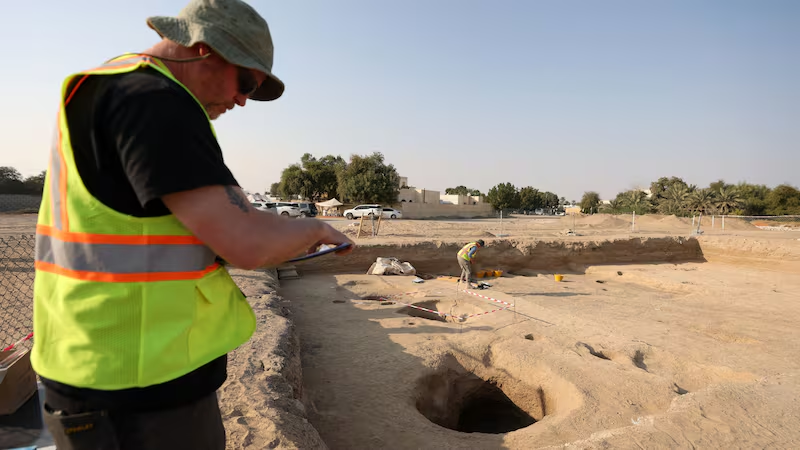
The Iron Age was a pivotal period for Al Ain, marked by the invention of the falaj, an underground water system that facilitated the growth of oasis agriculture. This advancement played a crucial role in shaping the landscape of the region as we know it today. Over the past 65 years, archaeologists have uncovered Iron Age villages, forts, temples, and ancient gardens in Al Ain, yet the burial customs of that era had remained largely elusive until now.
Tatiana Valente, a Field Archaeologist at DCT Abu Dhabi, noted, “We know how people in the Bronze Age and Late Pre-Islamic period buried their dead, but the Iron Age has always been a missing part of the puzzle. We are now in a position to understand the evolution of burial customs over time and learn what these changes might say about the beliefs and traditions of the people who lived here.”
Ongoing Research and Heritage Preservation
This significant discovery is part of the Funerary Landscapes of Al Ain Project, initiated in 2024 to investigate the increasing number of prehistoric tombs identified during archaeological monitoring of construction activities. The project aligns with DCT Abu Dhabi’s mission to study and preserve Al Ain, which was designated a UNESCO World Heritage Site in 2011 due to its cultural and historical significance.
The Cultural Sites of Al Ain, recognized for their outstanding universal value, provide greater context to the development of prehistoric cultures in the region and the management of water resources in a landscape characterized by oases, deserts, and mountains. This new necropolis not only enriches our understanding of the Iron Age but also highlights the importance of continued archaeological research in uncovering the rich heritage of the UAE.
Cover Image Credit: DCT Abu Dhabi – media video

